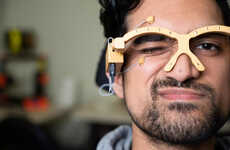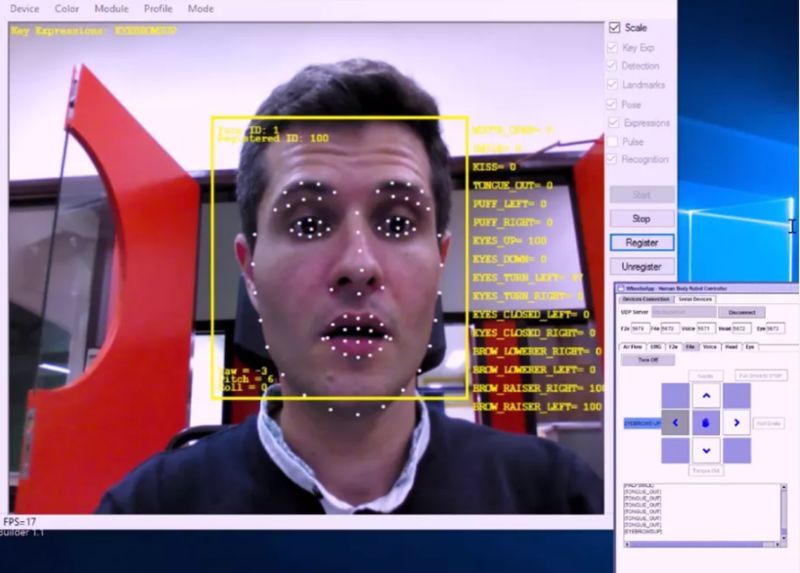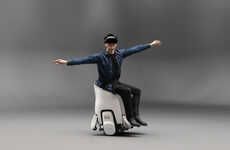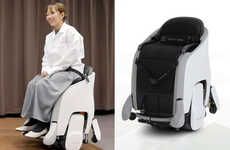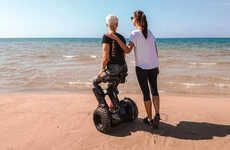
This Special Wheelchair Can Be Controlled By Facial Expressions
Rahul Kalvapalle — May 11, 2016 — Lifestyle
References: agencia.fapesp.br & gizmag
A group of researchers working out FEEC/Unicamp in Brazil have developed a truly special wheelchair that is capable of making it possible for users to control and direct their movements via small movements of the face, head and iris.
What's great about this wheelchair is the fact that it works in conjunction with a special 3D camera, a laser projector, an infrared camera and a microphone setup. The camera can identify facial points all over the face. When facial expressions are made, the camera interprets them as directional, start and stop instructions .
This high-tech, extremely innovative and special wheelchair could play an important role in changing the lives of people with cerebral palsy, stroke sufferers or people suffering from any other condition that has an impact on their ability to perform precise hand movements.
What's great about this wheelchair is the fact that it works in conjunction with a special 3D camera, a laser projector, an infrared camera and a microphone setup. The camera can identify facial points all over the face. When facial expressions are made, the camera interprets them as directional, start and stop instructions .
This high-tech, extremely innovative and special wheelchair could play an important role in changing the lives of people with cerebral palsy, stroke sufferers or people suffering from any other condition that has an impact on their ability to perform precise hand movements.
Trend Themes
1. Facial Recognition Technology in Assistive Devices - Using facial recognition technology to control and direct assistive devices opens up new possibilities for individuals with limited mobility.
2. Multi-sensory Input Integration for Assistive Technology - Integrating multiple sensors such as 3D cameras, laser projectors, infrared cameras, and microphones in assistive technology devices allows for advanced control and functionality.
3. Improved Accessibility Solutions for People with Disabilities - Developing innovative accessibility solutions like facial recognition wheelchairs can greatly improve the quality of life for individuals with disabilities.
Industry Implications
1. Healthcare and Rehabilitation - Facial recognition wheelchairs have the potential to revolutionize healthcare and rehabilitation services by providing individuals with greater mobility and independence.
2. Technology and Design - The development of advanced assistive technology devices, such as facial recognition wheelchairs, relies on expertise in technology and design.
3. Disability Services and Assistive Devices - The market for disability services and assistive devices can benefit from the introduction of disruptive innovations like facial recognition wheelchairs.
1.7
Score
Popularity
Activity
Freshness



